Anodized vs. Hard-Anodized Aluminum Pizza Pans, what’s the difference?
Have you ever found yourself in a supermarket staring at two nearly identical pizza pans and wondering what makes them different? Why does one say it is “anodized” and the other says it is “hard-anodized”? Does it even matter for your delicious handmade pizzas, more importantly? These two kinds of pizza pans are both popular surface treatment methods for aluminum products, known for their durability and heat conductivity. But what sets them apart?
While the names are similar, anodized and hard-anodized aluminum pizza pans differ significantly in their production conditions and performance. Anodized aluminum pans go through an electrochemical process that renders them corrosion resistant, while hard-anodized aluminum pans go one step further, resulting in an even tougher and more durable surface.
Read on if you’re curious about these variations and want to find out which pan would work best for your baking requirements. As a major manufacturer in the metal bakeware market, I’m here to shed some light on the subject.
What is Anodizing?
Anodized aluminum is aluminum that has undergone an anodizing process. Anodizing involves immersing aluminum in an electrolytic solution and exposing to an electric current, so as to create a protective oxide layer on the surface of the aluminum. This oxidation forms a durable, porous layer that protects the aluminum from corrosion, abrasion, and chemicals, which is much harder and more resistant to wear than untreated aluminum.
During anodizing, the natural oxide layer on aluminum is thickened through electrolysis in an acid solution like sulfuric or chromic acid. An electrical current is run through the acid, causing oxygen ions to bond to the aluminum surface creating a thicker aluminum oxide layer. This anodized layer can range in thickness from 0.0002 inches to 0.001 inches.
Anodized aluminum develops a uniform texture and appearance. It also retains a metallic luster while being extremely durable and corrosion resistant. Anodizing can produce various colors on aluminum depending on the acid, voltage, and dye solutions used in the process, offering aesthetic flexibility.
Overall, anodizing strengthens and beautifies aluminum while allowing it to maintain its metallic characteristics. The anodized coating makes aluminum popular for applications in a range of products, from cookware and architectural structures to electronics and aerospace components, due to its combination of durability, lightweight nature, and visual appeal.
How Does Hard-Anodizing Differ from Standard White Anodizing?
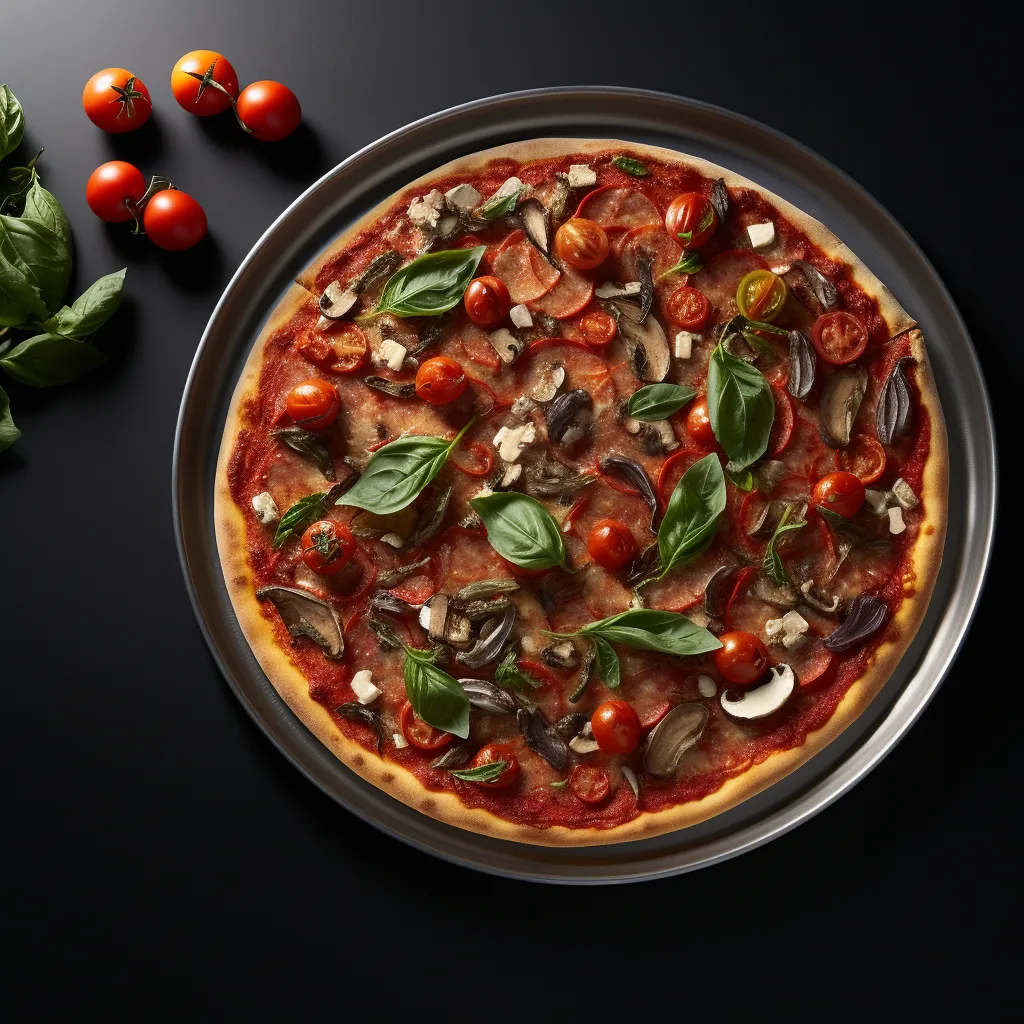
Hard-anodizing and standard anodizing are both electrochemical processes used to treat the surface of aluminum products such aluminum bakeware and aluminum cookware. When comparing hard-anodizing to standard anodizing, differences lies in several aspects:
① Appearance & Color: Standard anodizing often produces a smooth, glossy finish, usually transparent or light tan colors, but it is more dye-friendly and can be produced in a wider variety of bright colors. Hard-anodizing, while it can be colored, often appears more matte and subdued due to its thicker oxide layer, resulting in a larger variety of color shades, from black to grays.
② Coating Thickness: Hard-anodizing generates a significantly thicker oxide layer, typically ranging between 25-250 micrometers, compared to standard anodizing which typically produces a layer between 5-25 micrometers. The hard anodizing process can build up to 50% thicker coatings.
③ Hardness: The hard-anodized oxide layer can achieve 350-550 Vickers hardness (HV) , it has a hardness value comparable to diamond, which is one of the hardest materials. Standard anodizing, with usually 200-300 HV, though increasing the aluminum’s natural hardness, doesn’t achieve the same degree of hardness as hard-anodizing.
④ Abrasion Resistance: Due to its superior hardness, hard-anodized aluminum offers far greater resistance to wear and scratching. For aluminum alloys with a copper content of less than 2%, its maximum wear index is 3.5mg/1000 RPM (revolutions per minute). For other alloys, the wear index should not exceed 1.5mg/1000 RPM (revolutions per minute). As the characteristics of hard anodizing, 50% of the oxide film penetrates into the aluminum, and 50% adheres to the surface of the aluminum alloy (growing in both inward and outward directions).
⑤ Electrical Insulation: Both processes increase the electrical insulation of aluminum. However, due to its thicker film, hard-anodizing provides electrical insulation up to 2000 Volts versus 500-1000 Volts for standard anodizing, making it a preferred choice for electronic and electrical applications.
⑥ Corrosion Resistance: While both treatments improve corrosion resistance, hard-anodizing’s thicker layer provides a longer-lasting barrier against corrosive agents. Hard anodized films, however, are more likely to suffer to microcracks. Therefore, those sealed at room temperature with or without nickel after hard anodizing likely to be more resistant to salt spray testing. Adding coatings, paraffin, mineral oil, etc. after hard anodizing can also significantly improve the film’s ability to resist corrosion.
⑦ Heat Resistance: Hard-anodized aluminum has a higher melting point, which is above 2000°F, making it more resistant to thermal stresses. Some cookware materials use this property to help eliminate hot spots in heated components. Standard white anodizing also provides heat resistance, but the thicker layer of hard-anodizing ensures superior performance in high-heat scenarios.
⑧ Mechanical Properties: Both techniques increase the surface characteristics of aluminum without greatly changing its weight, while hard-anodizing provides a measurable improvement in surface hardness without losing the material’s natural flexibility.
Here is the clear comparison between standard white anodizing and hard-anodizing of aluminum products.
| Aspect | Standard White Anodizing | Hard-Anodizing |
|---|---|---|
| Appearance & Color | Produces a smooth, glossy finish. More transparent or light tan, but can be dyed in a variety of bright colors. | Matte and subdued appearance due to thicker oxide layer. Variety of shades from black to gray. |
| Coating Thickness | Oxide layer typically between 5-25 micrometers. | Significantly thicker oxide layer, typically 25-250 micrometers. Up to 50% thicker coatings. |
| Hardness | Ranges from 200-300 Vickers hardness (HV). | Achieves 350-550 HV, comparable to diamond. |
| Abrasion Resistance | Standard resistance. | Superior resistance due to higher hardness. Wear index for alloys with <2% copper is 3.5mg/1000 RPM and shouldn’t exceed 1.5mg/1000 RPM for others. |
| Electrical Insulation | Provides insulation up to 500-1000 Volts. | Provides insulation up to 2000 Volts. |
| Corrosion Resistance | Enhanced corrosion resistance. | Superior corrosion resistance due to thicker oxide layer, though can suffer microcracks. Benefits from additional sealing and coatings. |
| Heat Resistance | Provides heat resistance. | Superior heat resistance due to thicker layer and higher melting point, which is above 2000°F. |
| Mechanical Properties | Enhances surface properties without greatly changing weight. | Superior surface hardness improvement without losing material’s natural flexibility. |

Standard White Anodizing vs. Hard Anodizing: Process Conditions
| Parameters | Standard White Anodizing (Type II) | Hard Anodizing (Type III) |
|---|---|---|
| Acid Concentration | Typically 10-20% sulfuric acid solution. | Often above 20% sulfuric acid solution. |
| Temperature | 20°C to 30°C. | Close to freezing, 0°C to 10°C. |
| Current Density | 1-3 amps per square decimeter. | 3-5 amps per square decimeter. |
| Voltage | Ranges from 15-20 volts, increasing steadily. | Starts lower, ramps up to 40-100 volts. |
| Oxide Layer Thickness | 5-25 micrometers. | 25-250 micrometers. |
Why Choose Anodized Aluminum Pizza Pans?
Choosing an anodized aluminum pizza pan offers superior baking performance and durability compared to other pizza pan materials. Here are the several reasons:
- Durability and Wear Resistance: The hard oxide layer on the surface of the aluminum pan help protect the pan from scratches and dents as well as ensure that it doesn’t warp over time, making it a durable tool for any kitchen.
- Heat Distribution and Efficiency: Because of its excellent heat conduction and ability to be anodized, aluminum pan can be heated evenly. It can maintaining a steady cooking temperature to ensure your pizza dough is evenly baked with no too burned or undercooked parts.
- Corrosion Resistance: The oxide layer formed during anodizing protects the pan from corrosive agents, meaning the aluminum pizza pan won’t rust or degrade, especially when in contact with acidic ingredients like tomato sauce.
- Non-reactivity: Anodized aluminum does not react with acidic foods. So, when you’re baking a pizza topped with ingredients like tomatoes or peppers, there’s no risk of the metal leaching into your food, ensuring flavor integrity.
- Ease of Cleaning: Generally speaking, these pans are easier to clean than their non-anodized surface. The easy-to-clean, smooth, firm surface prevents stains and reduces the chances of food sticking, making cleanup after cooking simple.
- Aesthetic and Functionality: With a sleek, modern appearance, anodized aluminum pans are not just functional but also aesthetically pleasing. Plus, the hard anodized surface is resistant to chipping or peeling, ensuring it looks new for longer.
Are Hard-Anodized Aluminum Pizza Pans Better?

Though “better” is a subjective term, they do have certain advantages. Pans that have been hard-anodized are obviously more resistant to dents, scratches.
- Harder and More Durable Surface – The hard-anodization process creates an oxide layer up to twice as thick as standard anodizing, making the surface significantly harder and more abrasion resistant. This durability allows hard-anodized pans to withstand metal utensils and maintain their non-stick properties much longer.
- Superior Non-Stick Ability – The dense, nonporous surface of hard-anodized aluminum allows for an exceptionally slick and long-lasting non-stick coating. Food releases easier and cleaning is simpler.
- Heat Resistance – Hard-anodized pans can handle higher stove temperatures, up to 500°F, without warping or degrading. This makes them suitable for high-heat cooking. Standard anodized aluminum is limited to 400°F.
- Thermal Properties – The dark grey/black surface of hard anodized pans rapidly absorbs heat from oven heating elements, allowing cooking to proceed faster.
- Corrosion Resistance – The thicker anodized layer provides even better corrosion resistance over standard anodizing, an important feature for cookware longevity.
- Dishwasher Safe – While standard anodized pans require hand washing, hard-anodized pans can withstand repeated dishwasher cycles without affecting performance.
Which Pizza Pan is More Expensive, Standard Anodized Aluminum or Hard-Anodized Aluminum?
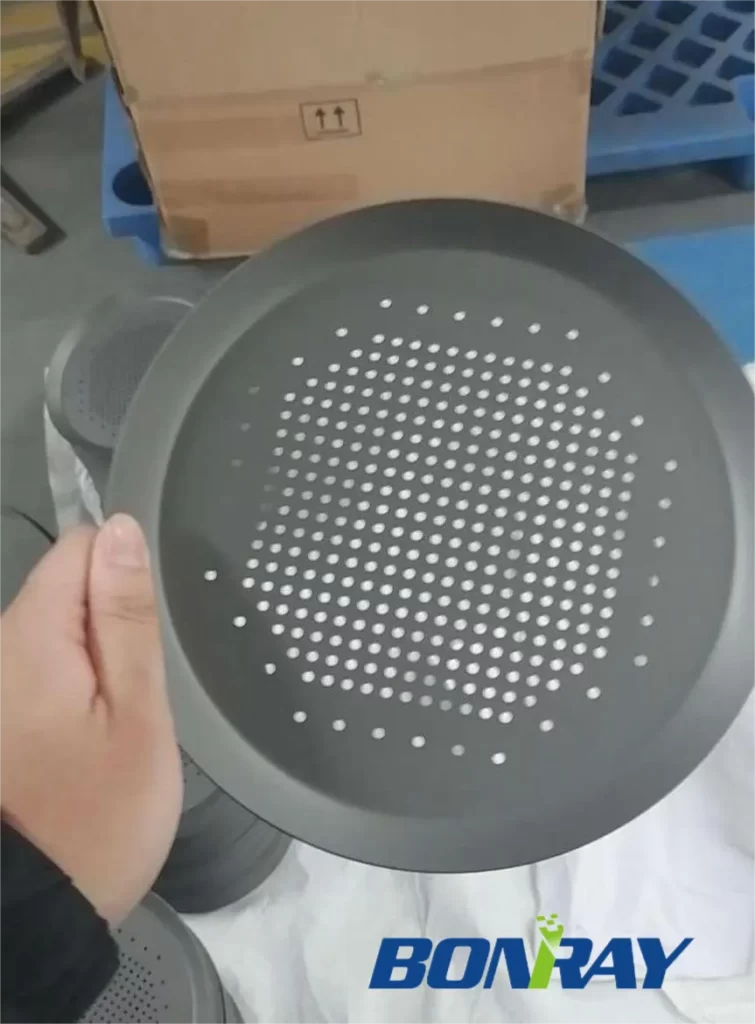

When it comes to aluminum pizza pans, hard anodized versions usually cost 20-30% more than standard white anodized pans. This pricing premium is due to the more complex hard anodizing process.
Additional steps like surface preparation, specialized acid treatments, and the use of higher voltages make hard anodizing a more time and resource intensive process. This appears as higher unit pricing.
However, the enhanced properties and performance of hard anodized pizza pans make them worth the extra cost for many buyers. The harder, darker finish is more scratch and corrosion resistant, maintaining the pan’s appearance and longevity through years of use. Superior wear resistance also preserves the pan’s nonstick properties. And the dark color provides better heat absorption, allowing pizzas to bake faster.
Considering these benefits, hard anodized pizza pans deliver extra value that justifies the marginally higher pricing over standard anodizing. For commercial or high-volume pizza makers, the improved durability and cooking efficiency of hard anodized pans can pay back the small price difference many times over in reduced replacement costs and faster baking times.
Which One Should I Choose for My Aluminum Pizza Pans?
The decision between anodized and hard-anodized aluminum pans is determined by your priorities. Anodized aluminum can be the best option if you want a sturdy, non-reactive pan that won’t break the bank. Hard-anodized aluminum is an option to take into consideration if you’re ready to spend a little more money on a pan that provides improved durability, even cooking, and a potential non-stick surface.
FAQs
What is anodized aluminum?
Anodized aluminum undergoes an electrochemical process that transforms its surface into a decorative, durable, and corrosion-resistant finish.
How is hard-anodized aluminum different?
Hard-anodization is a more intense process that results in a tougher and more scratch-resistant surface than regular anodized aluminum.
Why are aluminum pans preferred for baking pizzas?
Aluminum pans are excellent conductors of heat, ensuring a well-cooked, crispy crust every time.
Which one heats up faster, standard anodized aluminum pizza pan or hard-anodized aluminum pizza pan?
Regular anodized pans might heat up a bit faster, but both distribute heat evenly.
Are hard-anodized pans non-stick?
Yes, hard-anodized pans generally have a non-stick surface, which is ideal for easy cleaning post-pizza.
How often should I replace my pizza pan?
With proper care, anodized and hard-anodized pans can last for years. Replace when you notice uneven cooking or visible wear and tear.
Can I use metal utensils with my hard-anodized pan?
It’s best to avoid metal utensils as they can scratch the surface, compromising the non-stick property.
How do I care for an anodized pizza pan?
Gentle cleaning, avoiding abrasive materials, and occasional seasoning can extend the lifespan of your pan.
Are hard-anodized aluminum pans non-stick?
Yes, hard-anodized aluminum pans generally have a non-stick surface, which is ideal for easy cleaning post-pizza.
Is there a taste difference when using these pans?
No, both pans ensure a tasty pizza. The difference lies in the texture of the crust, with hard-anodized pans giving a slightly crispier result.
Are there any health concerns associated with these pans?
Both types of pans are safe. Just ensure that any non-stick coating remains intact to avoid ingestion.
Which one is more environmentally friendly?
Hard-anodized pans, due to their longer lifespan, might be a tad more eco-friendly. However, both are recyclable.
What is the main advantage of choosing hard-anodized over regular anodized pans?
The main advantage of hard-anodized pans is their enhanced durability, scratch resistance, and non-stick properties, ideal for frequent use and professional settings.

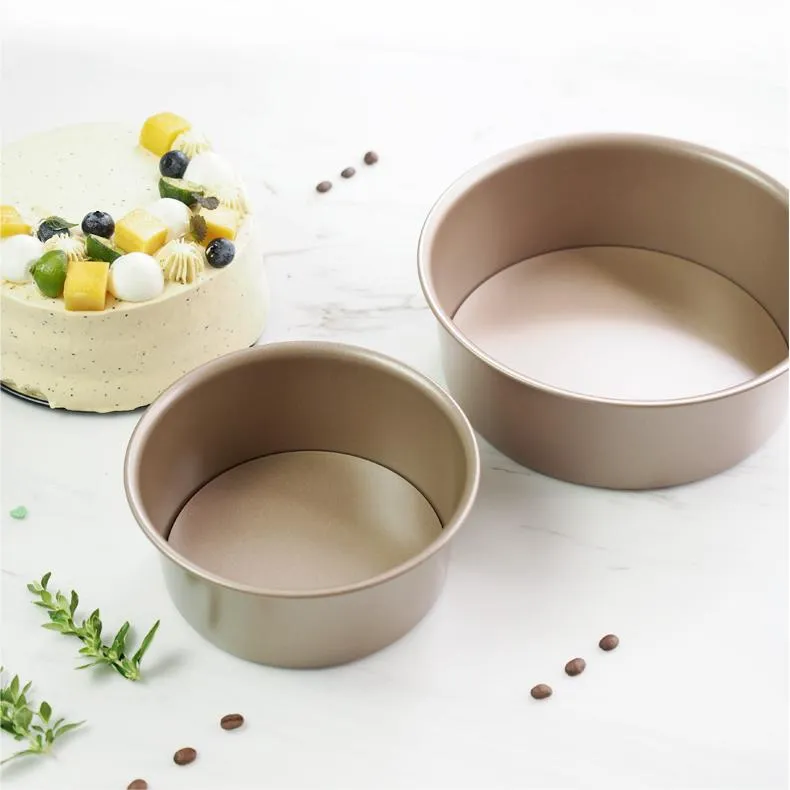
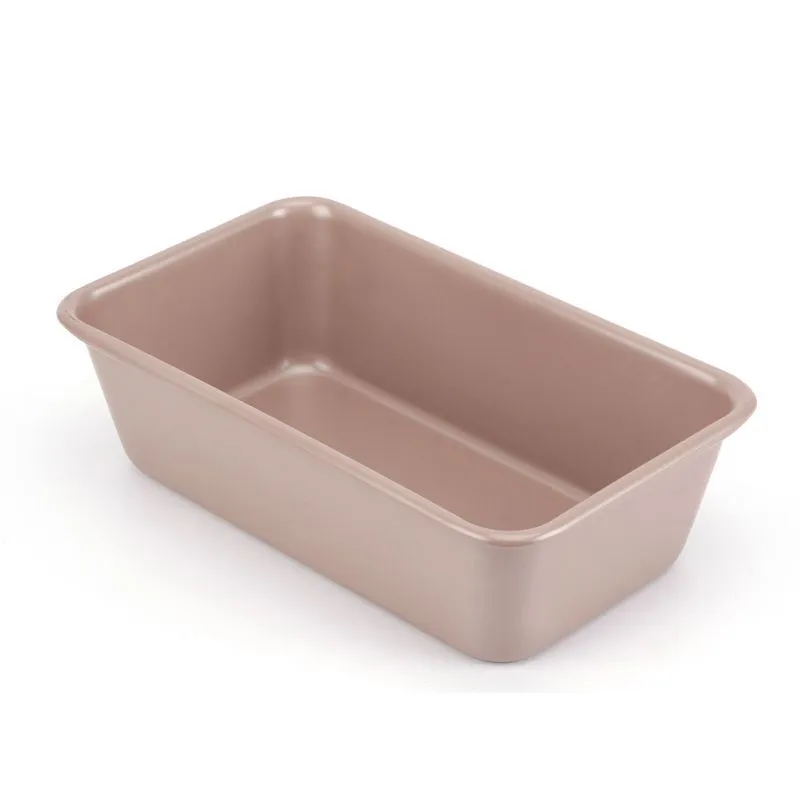
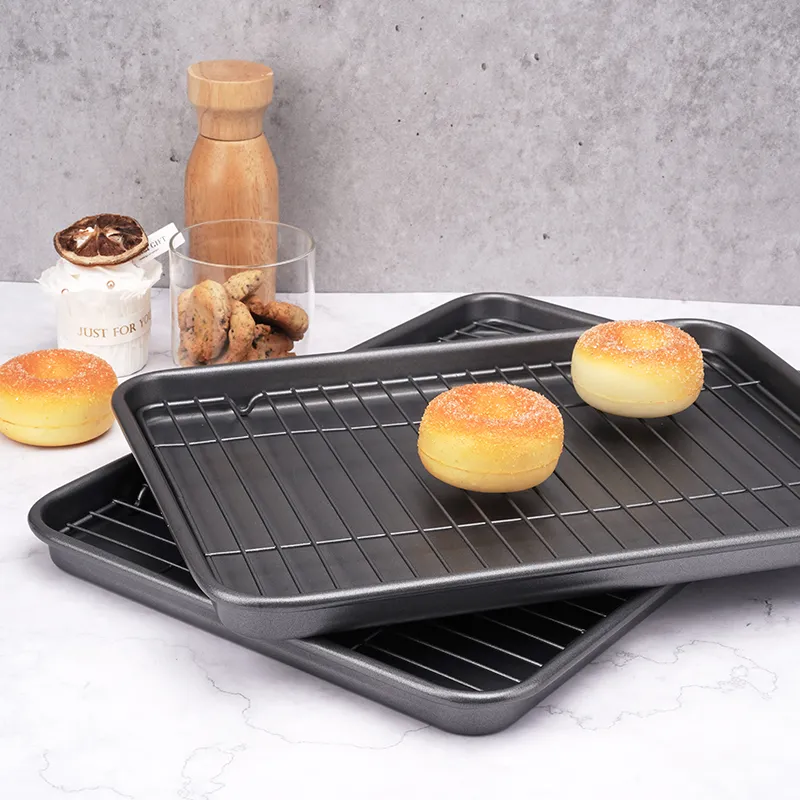


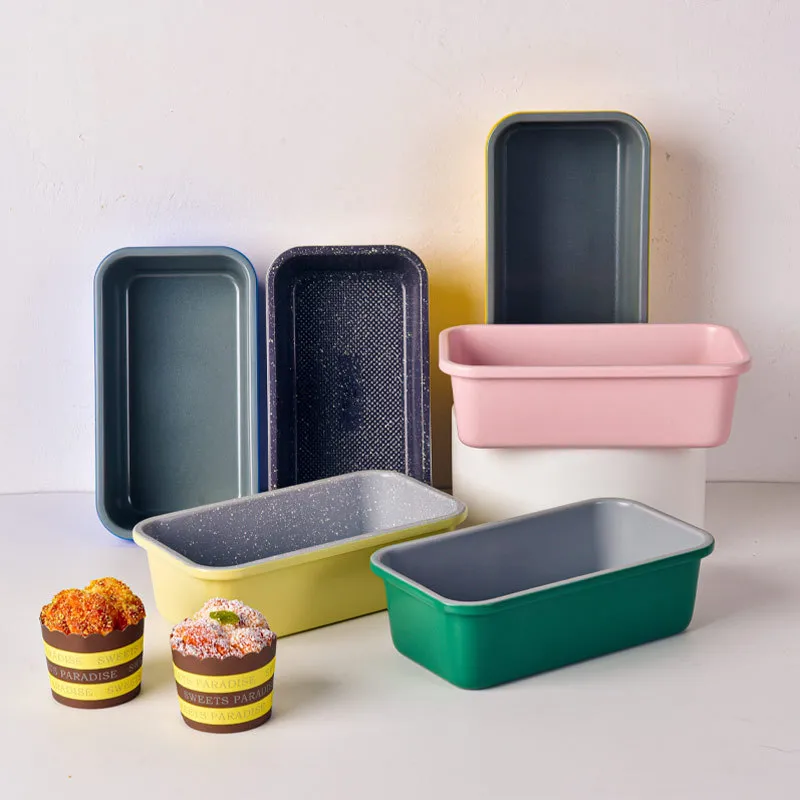

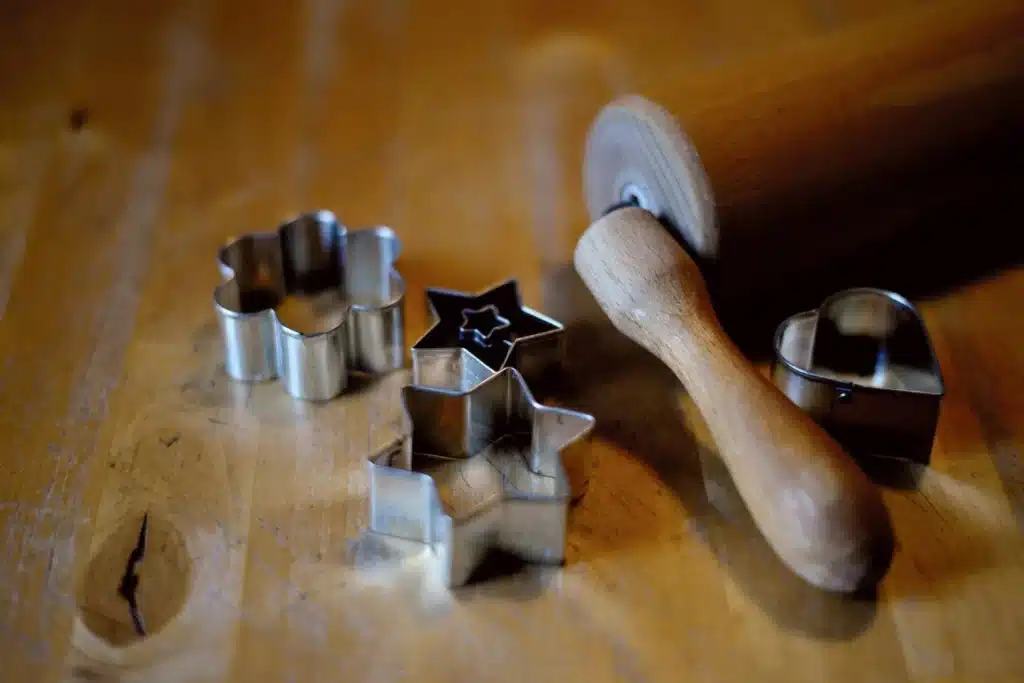
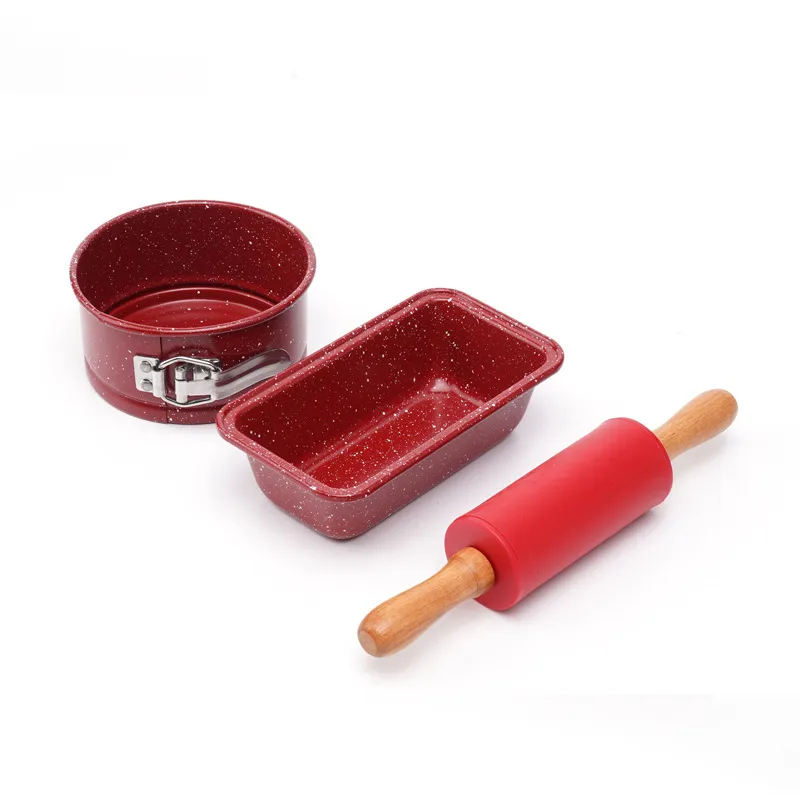








2 Responses
Thannks very interesting blog! https://odessaforum.Biz.ua/
Can you be more specific about the content of your article? After reading it, I still have some doubts. Hope you can help me.